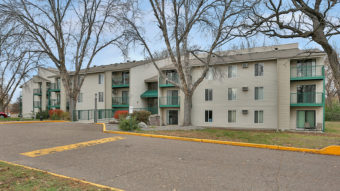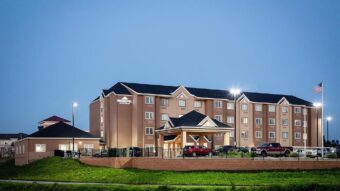A pilot initiative to enhance affordability requirements for large residential development projects in gentrifying areas on the Near North and Near West sides, and along Milwaukee Avenue is expected to create up to 1,000 affordable units over a period of three years.
The initiative was announced by Mayor Rahm Emanuel along with Ald. Walter Burnett and Ald. Joe Moreno on Friday.
“Access to affordable housing is critical to Chicago’s legacy as one of the world’s most livable big cities, especially as the real estate market undergoes unprecedented neighborhood development,” the mayor said. “This initiative will create more affordable units in targeted areas while helping the city to assess the most effective ways of meeting neighborhood affordable housing goals.”
The proposed improvements would be implemented as three-year pilot programs in areas determined through demographic data to be experiencing gentrification pressures. The Milwaukee Corridor pilot area would cover approximately nine square miles along Milwaukee Avenue within portions of Logan Square, Avondale and West Town. The Near North and Near West pilot area would include six square miles near the North Branch Industrial Corridor and along the Green Line on the Near West Side.
The program would expand the provisions of the 2015 Affordable Requirements Ordinance, which requires a 10 percent affordability component for all new projects with 10 or more units that receive a zoning change. The 2015 ARO also requires at least 25 percent of the required affordable unites to be located on site or off-site, with the remaining obligation to be met through in-lieu fees up to $225,000.
The Milwaukee pilot area will include an increase in the 10 percent ARO unit obligation. That percentage can increase to 15 percent if a developer opts to build on-site and 20 percent if the developer opts to build off-site within the pilot area. There will also be an increase in the number of households eligible for affordable units by expanding the pool of eligible tenants to those earning up to 80 percent AMI.
To date, 60 projects with more than 3,100 units in the proposed boundaries of the Milwaukee Corridor pilot have triggered the ARO.
For the Near North area, the improvements would aim to address the need to create an affordable workforce housing for the thousands of new jobs expected to come from the North Branch Industrial Corridor modernization initiative. In the Near West area, the improvements would aim to increase the 10 percent ARO unit obligation to 15 percent. Two-thirds of required units must be built on site or within 2 miles and in the same ARO zone and one-third of the required units could be built anywhere within the pilot area.
To date, 34 projects with more than 4,600 units in the proposed boundaries of the Near North and Near West pilot area have triggered the ARO.
“The pilot initiative is designed to balance the strong residential market we’re seeing in certain neighborhoods with ongoing affordability and community investment goals, especially where investment has been slow to recover from the recession. We think it can effectively do both, resulting in a stronger housing market citywide and stronger families in the process,” said DPD Commissioner David L. Reifman.



